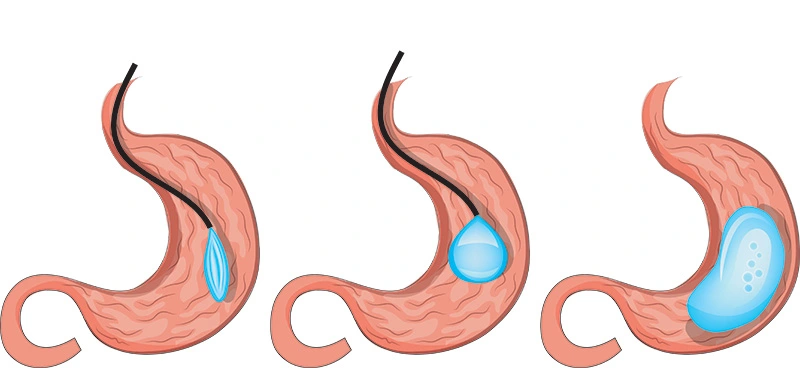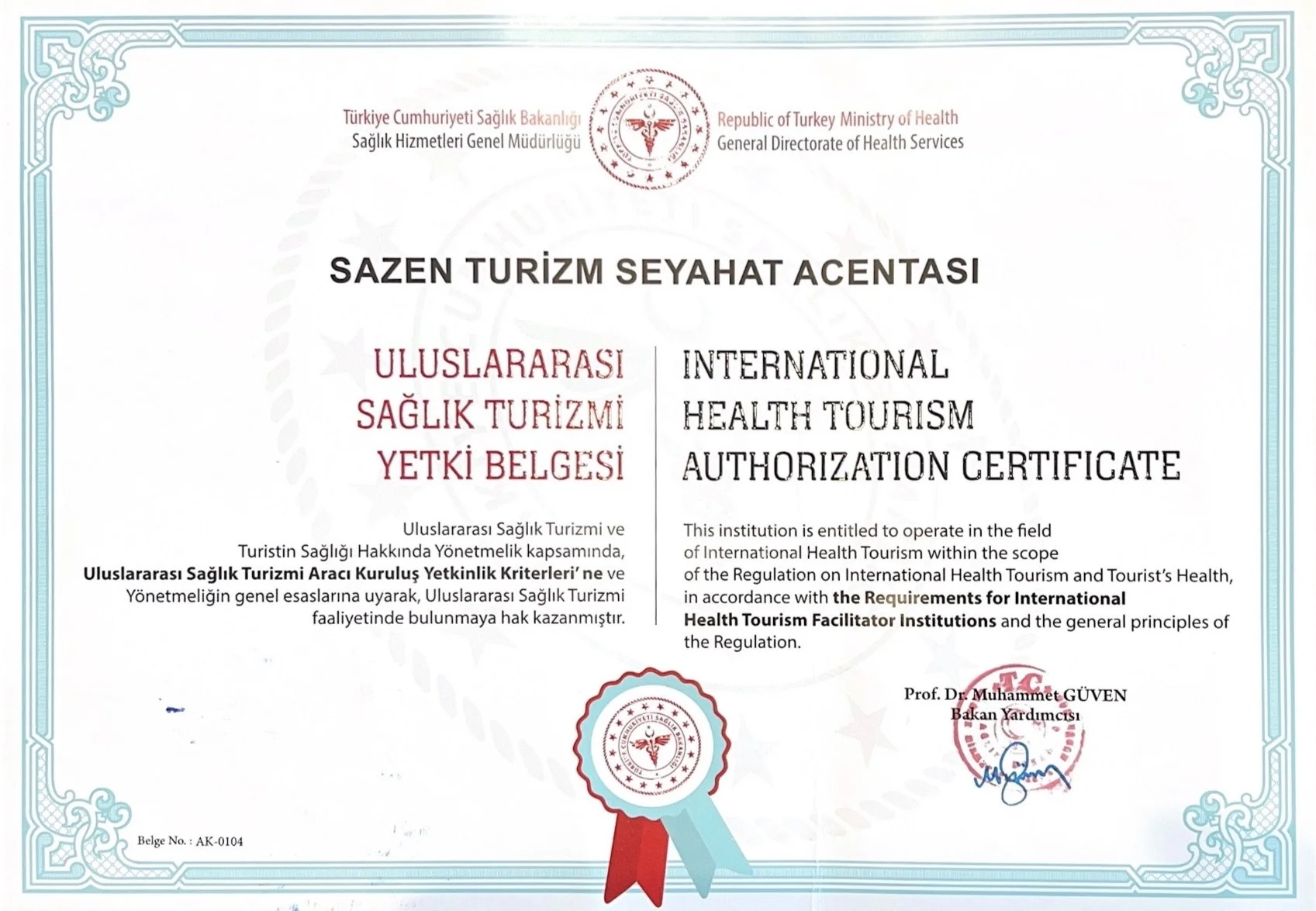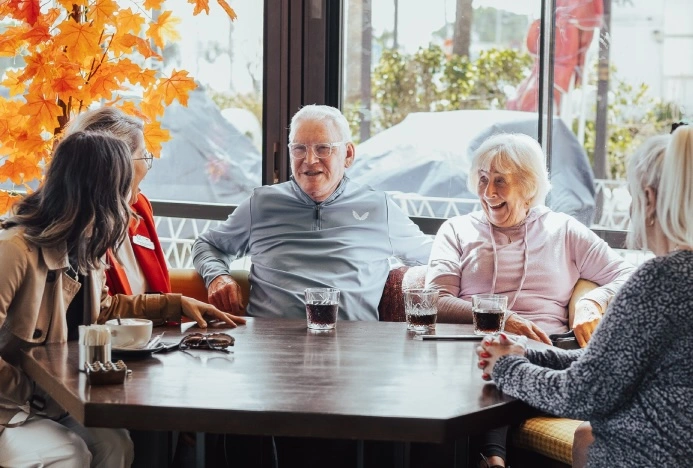Obesity remains a significant global health challenge, affecting millions and increasing the risk of various co-morbidities. While lifestyle modifications and pharmacological treatments are often initial steps, some individuals require more interventional solutions. Gastric balloons have emerged as a non-surgical, reversible option for weight management, offering a less invasive alternative to bariatric surgery. The effectiveness of any medical intervention, however, is critically dependent on its success rate. Understanding the nuances of gastric balloon success rate is crucial for both patients considering this option and healthcare providers advising them. Factors influencing this success, including patient selection, adherence to post-procedure guidelines, and the type of balloon used, warrant detailed examination. This comprehensive understanding ensures informed decision-making and realistic expectations regarding weight loss outcomes and long-term health improvements.
Table of Contents
What Are the Success Rates and Expected Results of a Gastric Balloon?
Intragastric balloon success rates demonstrate consistent weight reduction outcomes across diverse patient populations. Clinical studies indicate that gastric balloon effectiveness ranges from 60-80% of patients achieving clinically significant weight loss. The endoscopic intragastric balloon success depends primarily on patient adherence to prescribed dietary modifications and lifestyle changes throughout treatment.
Average gastric balloon weight loss results typically include:
- 25-35% excess body weight reduction during active treatment
- 15-20 kilograms total weight loss for most patients
- 3-5 kilograms monthly progress during initial treatment phases
- BMI reduction of 5-8 points from baseline measurements
Gastric balloon weight loss percentage varies significantly based on individual patient characteristics and commitment levels. Our extensive experience treating bariatric patients reveals that gastric balloon success factors extend beyond the procedure itself. Dietary compliance, regular physical activity, and psychological support substantially influence overall gastric balloon surgery success rate outcomes.
The following table summarises key elements affecting treatment effectiveness:
| Success Factor | Impact Level | Patient Responsibility |
|---|---|---|
| Dietary adherence | High | Daily meal planning |
| Exercise routine | Moderate | Regular physical activity |
| Follow-up attendance | High | Scheduled appointments |
| Behavioural modification | High | Lifestyle adjustments |
How much weight loss gastric balloon patients achieve correlates directly with their engagement in comprehensive care programmes. Expected gastric balloon weight loss occurs most effectively when patients participate actively in nutritional counselling and behavioural therapy sessions. Medical supervision ensures optimal balloon positioning and monitors potential complications throughout treatment.
Gastric balloon average weight loss statistics demonstrate sustained results in 70% of compliant patients. Success rates improve substantially when patients maintain structured eating patterns and incorporate recommended physical activity levels into daily routines. The positive transformation in many cases is clearly reflected in Gastric Balloon Before After photos, indicating a higher gastric balloon success rate. Moreover, patients who follow medical guidance often report improved overall quality of life and well-being.
Time-Based Results: 6-Month vs 12-Month Outcomes
Clinical evidence demonstrates significant differences between 6-month gastric balloon before and after results compared to extended 12-month treatments. The 6-month intragastric balloon typically achieves 15-25% total body weight loss, while 12-month gastric balloon results show enhanced outcomes of 20-35% total body weight loss. Extended placement duration allows for more substantial metabolic adaptations and sustained dietary modifications.
The following table illustrates comparative weight loss milestones for both treatment durations:
| Timeline | 6-Month Balloon | 12-Month Balloon |
|---|---|---|
| Month 1-2 | 8-12% weight loss | 8-12% weight loss |
| Month 3-4 | 12-18% weight loss | 12-18% weight loss |
| Month 5-6 | 15-25% weight loss | 18-28% weight loss |
| Month 7-12 | N/A | 25-35% weight loss |
Gastric balloon 6-month weight loss demonstrates rapid initial results, particularly beneficial for patients requiring prompt weight reduction before surgical procedures. However, gastric balloon short term results require intensive lifestyle modification support to maintain achieved weight loss post-removal.
Side effects 6-month gastric balloon results commonly include during the initial adaptation period:
- Nausea and vomiting affecting 80-85% of patients during the first week
- Gastric discomfort and bloating persisting for 2-3 weeks
- Acid reflux symptoms requiring proton pump inhibitor therapy
- Early satiety requiring portion control education
- Temporary dietary restrictions to liquid and soft foods
The 12-month protocol allows for gradual symptom resolution and more comprehensive nutritional counselling. Extended treatment duration facilitates better long-term weight maintenance through established eating patterns and metabolic improvements achieved during the longer intervention period.
Long-Term Success and Post-Removal Results
Understanding gastric balloon long-term success requires examining outcomes beyond the active treatment period. Post-removal weight maintenance presents unique challenges that determine the ultimate effectiveness of this bariatric intervention.
Long-Term Weight Maintenance Rates and Success Factors
Clinical data reveals specific patterns regarding gastric balloon outcomes following device removal. Research demonstrates that patients maintain varying degrees of weight loss depending on adherence to lifestyle modifications.
The following table summarises weight maintenance statistics based on comprehensive follow-up studies:
| Time Period | Weight Maintenance | Success Rate |
|---|---|---|
| 12 months post-removal | 50-70% of initial loss | 65% |
| 24 months post-removal | 40-60% of initial loss | 52% |
| 36 months post-removal | 30-50% of initial loss | 43% |
Key success factors for sustained gastric balloon results after removal include:
- Consistent dietary portion control maintained throughout the post-removal period
- Regular physical activity incorporating both cardiovascular and resistance training
- Ongoing psychological support addressing emotional eating patterns
- Monthly weight monitoring with healthcare professionals
- Structured meal planning with emphasis on protein prioritisation
Post-Removal Behavioral Changes and Lifestyle Modifications
Successful patients implement specific behavioural adaptations following balloon removal. These modifications directly influence long-term weight stability and overall health outcomes.
Essential lifestyle changes include:
- Maintaining reduced portion sizes learned during balloon placement
- Eating slowly and chewing thoroughly to promote satiety signals
- Avoiding liquid calories including sugary beverages and alcohol
- Establishing regular meal schedules without skipping breakfast
- Creating supportive home environments free from trigger foods
- Engaging in mindful eating practices to prevent emotional overeating
Real Patient Outcomes and Success Stories
Documentation of patient experiences reveals measurable improvements extending beyond weight reduction. These outcomes demonstrate the comprehensive impact of gastric balloon treatment on overall health status.
Notable achievements include:
- Resolution of type 2 diabetes in 40% of patients maintaining weight loss
- Significant improvements in sleep apnoea symptoms and cardiovascular markers
- Enhanced mobility and joint pain reduction lasting years post-removal
- Increased confidence leading to career advancement and relationship improvements
- Sustained medication reductions for hypertension and cholesterol management
Patient Experience and Satisfaction Levels
Clinical studies consistently demonstrate high gastric balloon patient satisfaction rates, with over 85% of patients reporting positive experiences throughout their treatment journey. Patient testimonials reveal significant improvements in daily functioning, energy levels, and overall quality of life following the procedure.
The following table illustrates typical transformations observed in gastric balloon recipients across various demographic groups:
| Patient Group | Weight Loss Range | Quality of Life Score | Satisfaction Rating |
|---|---|---|---|
| Women 25-40 | 12-18 kg | 8.2/10 | 87% |
| Men 30-50 | 15-22 kg | 8.1/10 | 89% |
| Patients 50+ | 10-16 kg | 7.9/10 | 84% |
Before and after gastric balloon assessments reveal remarkable changes beyond weight reduction. Patients frequently report decreased joint pain, improved sleep patterns, and enhanced mobility within the first three months. Blood pressure readings typically show measurable improvements, whilst diabetes management becomes more effective.
Common patient concerns versus actual experiences include:
- Initial discomfort expectations prove manageable with proper medical guidance
- Dietary adjustment fears resolve through structured nutritional counselling
- Social eating concerns diminish as portion control becomes habitual
- Exercise limitations improve progressively as fitness levels increase
Result gastric balloon outcomes consistently exceed patient expectations regarding lifestyle modifications. Patients develop sustainable eating habits that persist beyond the removal period. The psychological benefits include increased self-confidence, improved body image, and renewed motivation for maintaining healthy behaviours. Regular follow-up appointments ensure optimal patient support throughout the entire treatment process.
Comparison with Alternative Weight Loss Procedures
When evaluating gastric balloon vs bariatric surgery results, patients encounter multiple procedural options with distinct outcomes. Gastric sleeve, gastric bypass, and adjustable gastric banding represent surgical alternatives, each presenting unique efficacy profiles compared to intragastric balloon placement.
The following comparison illustrates key differences between weight management interventions:
| Procedure | Excess Weight Loss | Invasiveness | Recovery Period | Complication Rate |
|---|---|---|---|---|
| Gastric Balloon | 25-35% | Non-surgical | 1-2 days | Low (2-5%) |
| Gastric Sleeve | 60-70% | Surgical | 2-4 weeks | Moderate (5-15%) |
| Gastric Bypass | 65-75% | Surgical | 4-6 weeks | Higher (10-20%) |
| Adjustable Band | 40-50% | Surgical | 1-2 weeks | Moderate (8-12%) |
Gastric balloon procedures demonstrate significant advantages for specific patient populations. Unlike bariatric surgery results, balloon interventions require no permanent anatomical modifications, making them reversible options for patients seeking temporary weight management solutions.
Several factors determine optimal treatment selection:
- BMI considerations: Patients with BMI 30-40 often benefit more from balloon placement than invasive surgical procedures
- Medical comorbidities: Individuals with cardiac or pulmonary conditions face reduced risks with non-surgical approaches
- Age demographics: Younger patients frequently prefer reversible interventions over permanent surgical modifications
- Lifestyle compatibility: Professional obligations requiring minimal downtime favor balloon procedures
CK Health Turkey in Antalya performs gastric balloon operations with the most specialized surgeons in the field, using the highest quality equipment with meticulous care. Patient satisfaction rate reaches 100% according to patient reviews, and gastric balloon success rates remain exceptionally high as a result of this quality approach. This comprehensive expertise ensures optimal outcomes when comparing gastric balloon vs bariatric surgery results for individual patient circumstances.




